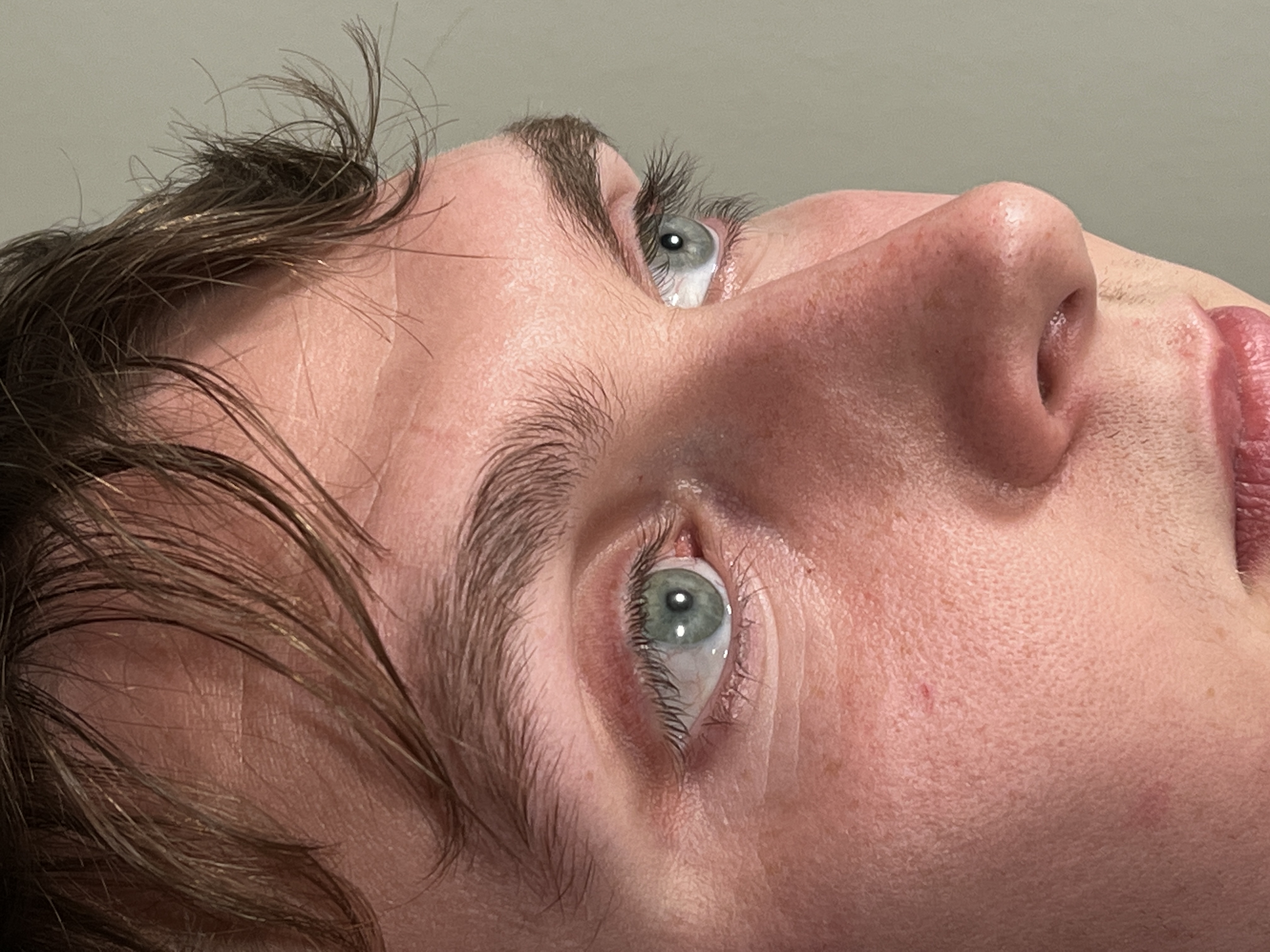Fraunhofer IGD technology now in use at Moorfields Eye Hospital
Breakthrough: Patients and ocularists impressed by quality of computer-generated 3D-printed eye prostheses
Hundreds of thousands of people in Europe have been given new hope with the arrival of ocular prostheses that can be manufactured in reproducibly high quality and less manual work using the 3D printing process. Fraunhofer IGD is supporting ocularists in this endeavor with the provision of the requisite software and printer driver. More than 200 patients are already benefiting from the new technology. The researchers have now published their methodology and results to date in a paper that has appeared in the peer-reviewed journal Nature Communications and is now available to all interested parties.

Darmstadt/London: The research team at the Fraunhofer Institute for Computer Graphics Research IGD first made public its technology in 2021. Since then, 3D printing has revolutionized the production of ocular prostheses at the renowned Moorfields Eye Hospital in London. “Optimally adapted artificial eyes can enormously enhance the quality of life of those affected,” explains Johann Reinhard, Deputy Department Head of the 3D Printing Technology Competence Center. The data-driven design and 3D printing process developed by the Fraunhofer team ensures that the prosthesis is not only a perfect match for the patients’s remaining good eye, but is also a perfect fit for the empty eye socket. Fraunhofer IGD’s Cuttlefish:Eye software and Cuttlefish® printer driver enable the ocularists to use this technology. The software is already approved as a medical device in the UK and will be making its debut in mainland Europe in the near future.
Ocular prostheses impress patients and ocularists alike
The academic paper describes the technology behind the Cuttlefish:Eye software and the quality of the ocular prostheses created with it. To this end, the researchers examined both the appearance and the shape of the ocular prostheses in a sample of ten patients. The appearance criterion included the size and color of the iris and pupil as well as the texturing of the sclera. The ocularist treating the patients rated these points as excellent. “Patients describe the 3D-printed ocular prostheses as ‘life-changing’,” adds Reinhard. In terms of the shape criterion, the analysis of the ten cases helped to clarify the types of patients for whom the ocular prostheses are more suitable and the types for whom they are less so. The necessary adjustments as well as the final direction of gaze and mobility of the prosthesis were considered.
The automated nature of 3D printing brings the dual advantage of consistently high quality and shorter production times. As the input from ocularists is reduced, this leads to significant reduction in manual labor; depending on the quantity, this reduction can be as much as a factor of five. “More importantly, however, more patients can be treated and their waiting time for a new prosthesis can be shortened,” adds Reinhard. Eye prostheses usually become necessary after serious injuries or illness; in Europe, around 750,000 people are affected.
Gentle procedure
The digital measuring and production process is also particularly painless for patients. Optical coherence tomography (OCT) is used to create a scan of both the eye socket and the healthy eye, while an integrated camera provides a color-calibrated image. The traditional alginate impression of the eye socket is no longer necessary. Cuttlefish:Eye uses a statistical shape model to predict the best-fitting prosthesis shape and is able to do this despite incomplete information on the surface of the eye socket. In just a few minutes, the OCT data is used to calculate an accurately fitting 3D model of the eye prosthesis which is a close visual match to the healthy eye. Production takes place on a multi-material 3D printer, which is controlled by means of the Cuttlefish® 3D printer driver. The prostheses are manufactured and distributed by Ocupeye Ltd.
The researchers are now also transferring their expertise in the field of 3D printing in color and their experience with Cuttlefish:Eye to other areas. In future, dental restorations and facial prostheses will also be designed using a software and produced with the Cuttlefish® printer driver.
Note on the distribution of ocular prostheses
The Fraunhofer Institute for Computer Graphics Research IGD has developed the required software for 3D printing the eye prostheses and licenses this technology to the company Ocupeye Limited, which manufactures the prostheses. Fraunhofer IGD does not manufacture the prostheses and does not treat patients - please contact https://ocupeye.com/ for more information.
 Fraunhofer Institute for Computer Graphics Research IGD
Fraunhofer Institute for Computer Graphics Research IGD